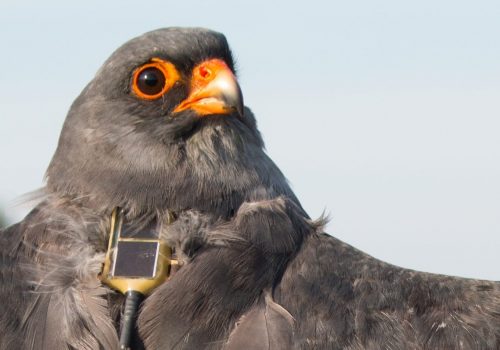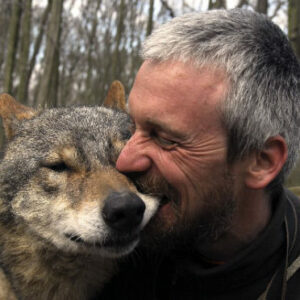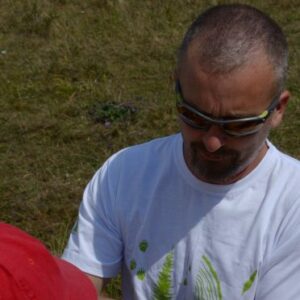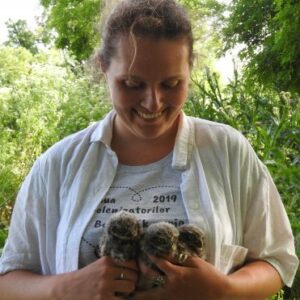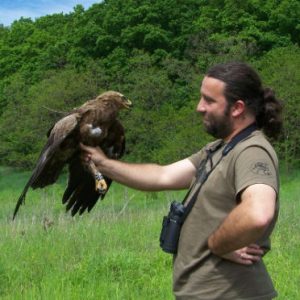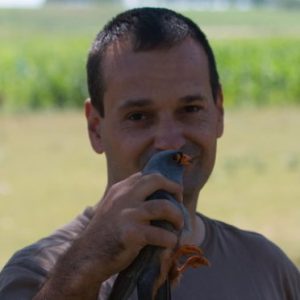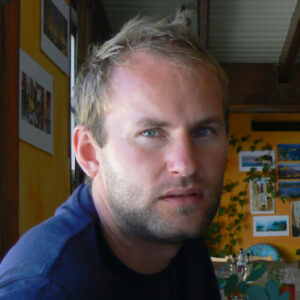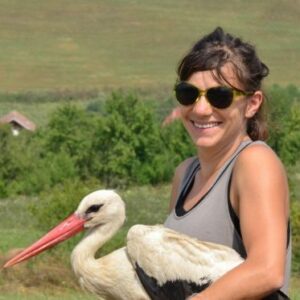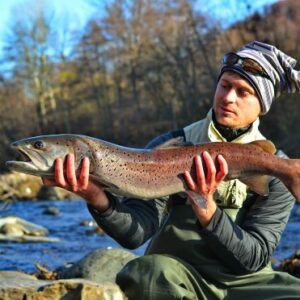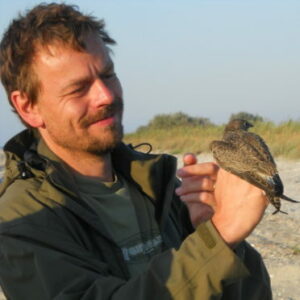Ten years after the completion of the LIFE project “Conservation of Falco cherrug in north-east Bulgaria, Hungary, Romania and Slovakia”, we have a record number Saker falcon pairs that have occupied a nest in northern Romania.
One of the factors leading to the species’ disappearance in this part of the country was precisely the lack of nesting sites. Through this project we have improved the nesting conditions by placing 83 artificial nests on high-voltage poles.
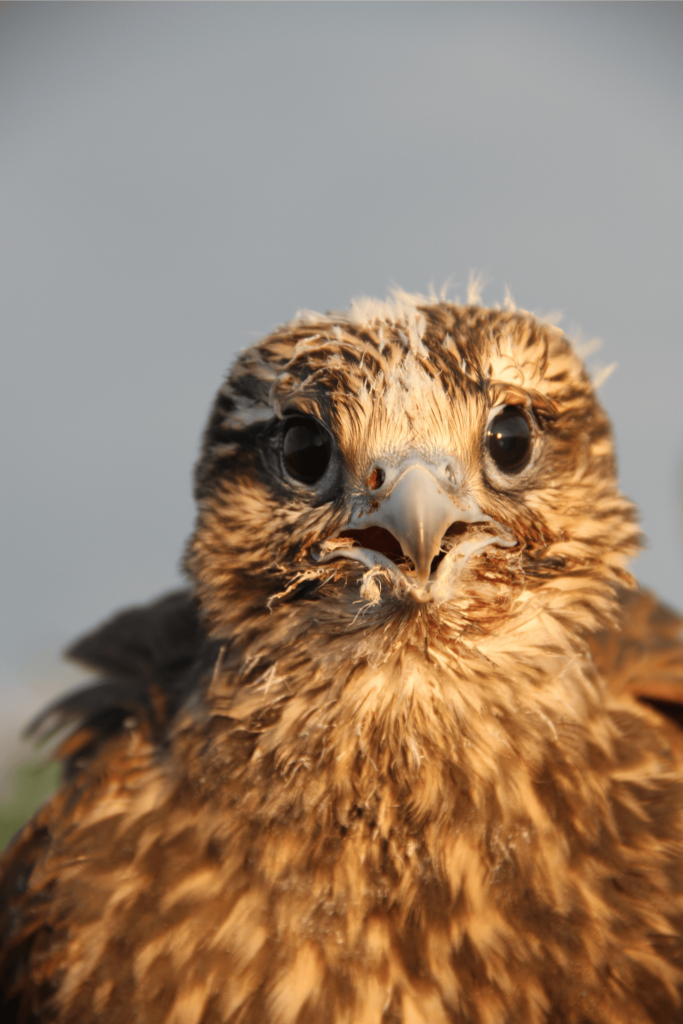
Another factor was the population decline of prey species such as the European ground squirrel and the European hamster. Therefore, in 2015 – 2018, the Milvus Group was a partner in the project “Securing food sources for the endangered populations of the endangered populations of the Eastern imperial eagle and Saker falcon in the Carpathian Basin” (LIFE13 NAT/HU/000183), implemented in the Pannonian region by 13 partners from Hungary and Romania. The project aimed to halt the population decline of these species, with a particular focus in Romania on the European ground squirrel, a very important food source for the Saker falcon.
All these measures to protect the globally threatened Saker falcon have had an impact. The number of pairs occupying artificial nests has increased year after year, reaching a new record in 2024.
Every year we monitor the breeding success of the species and this year we have recorded these results:
- 46 pairs occupied nests (31 occupied nests in 2019);
- 30 successful broods (21 successful broods in 2019);
- 101 chicks.
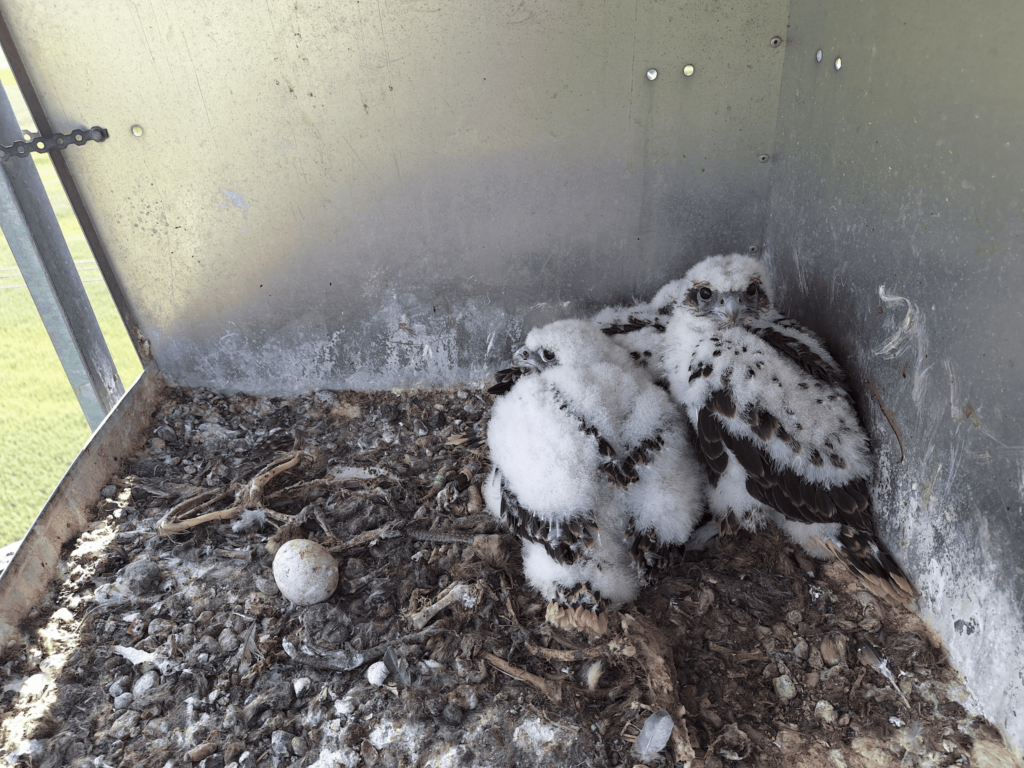

Furthermore, it is encouraging to see that the Saker falcon population continues to expand into areas where the species has not been recorded. In particular, a nesting attempt was made for the first time this year in Satu Mare County. This is all the more important as the pair in question chose a wooden tray for breeding.
An interesting fact was, that this year is that for the first time in a decade, two pairs successfully nested in a natural nest built on a high-voltage electricity pole.

